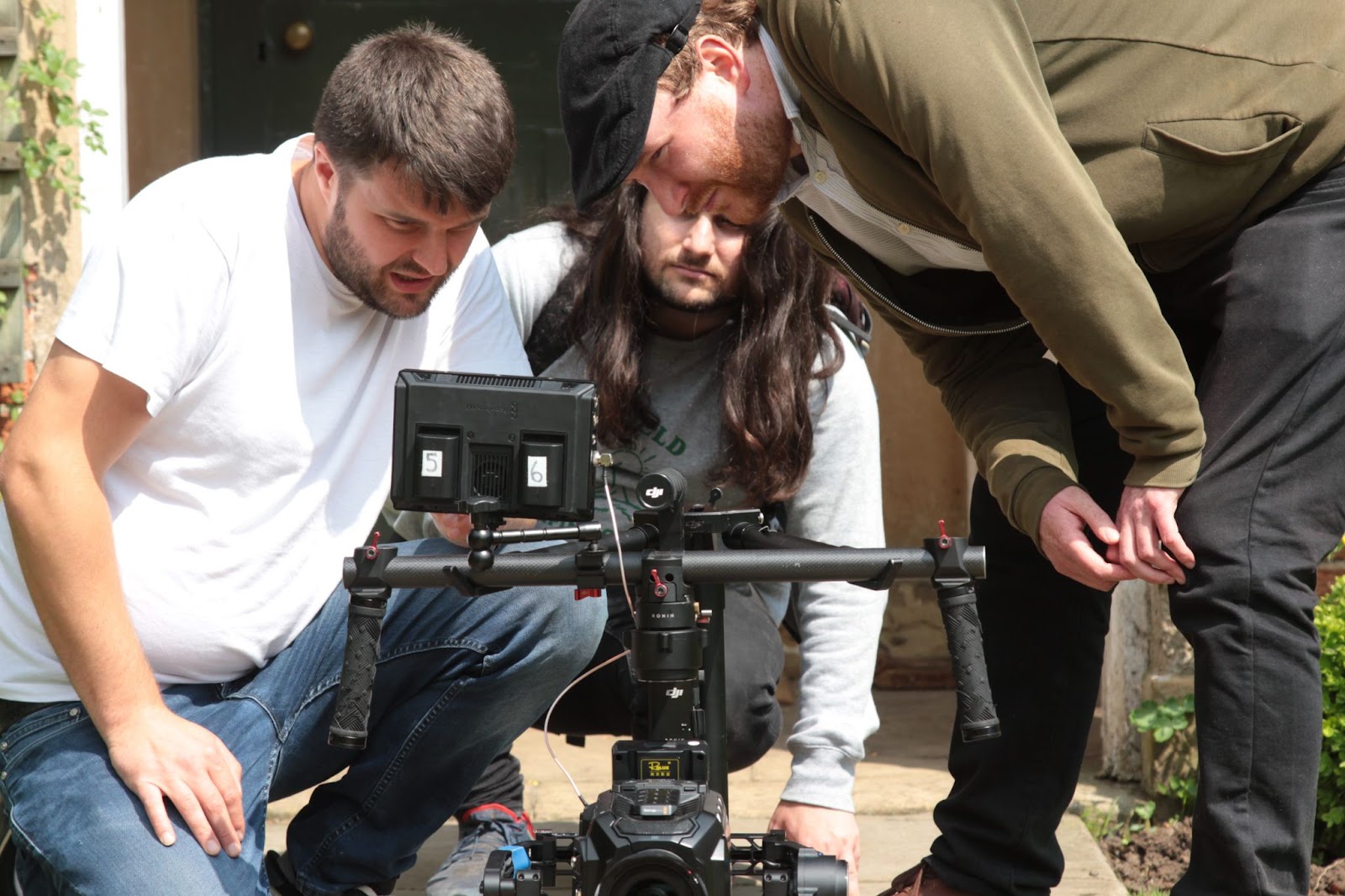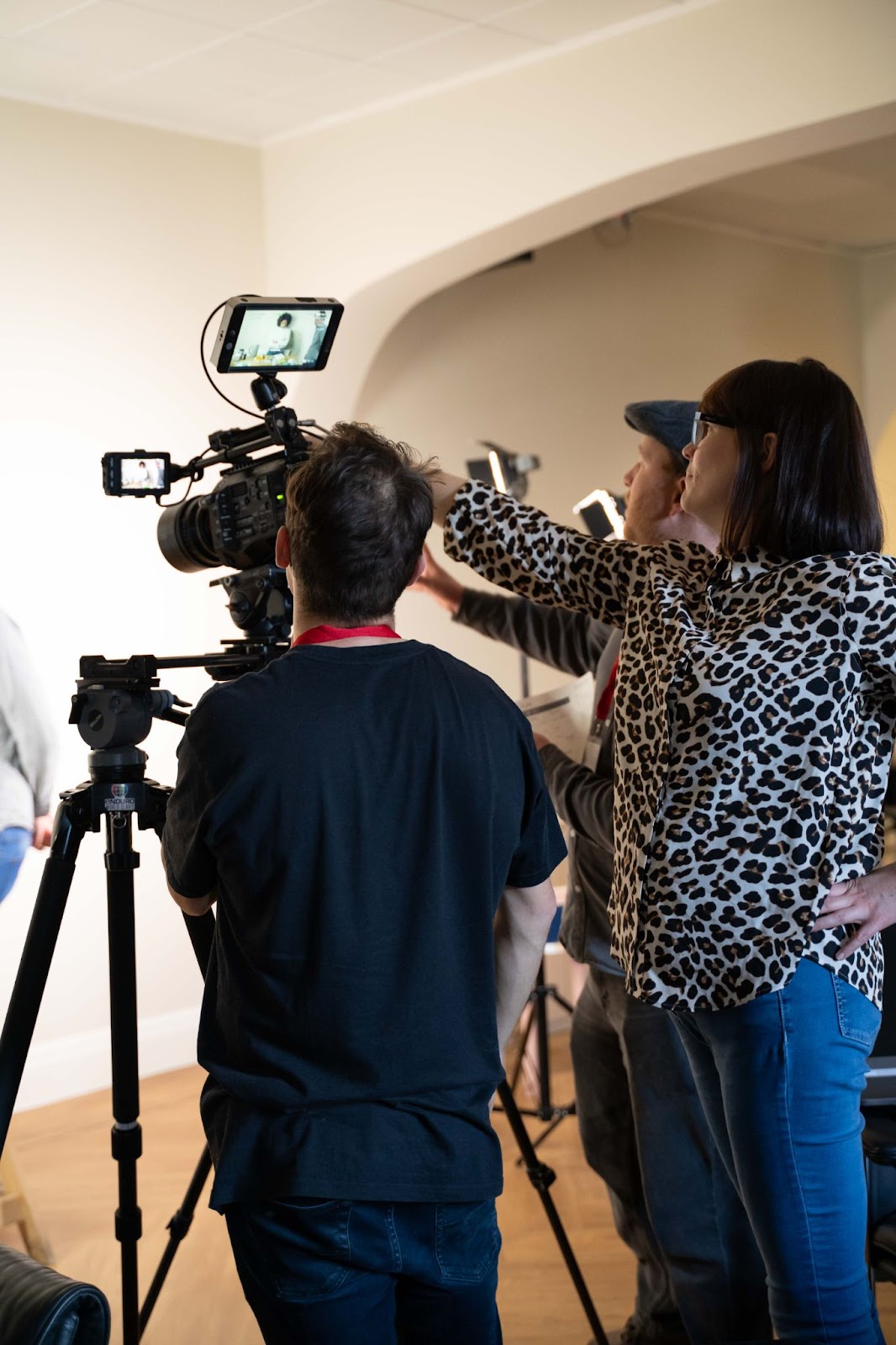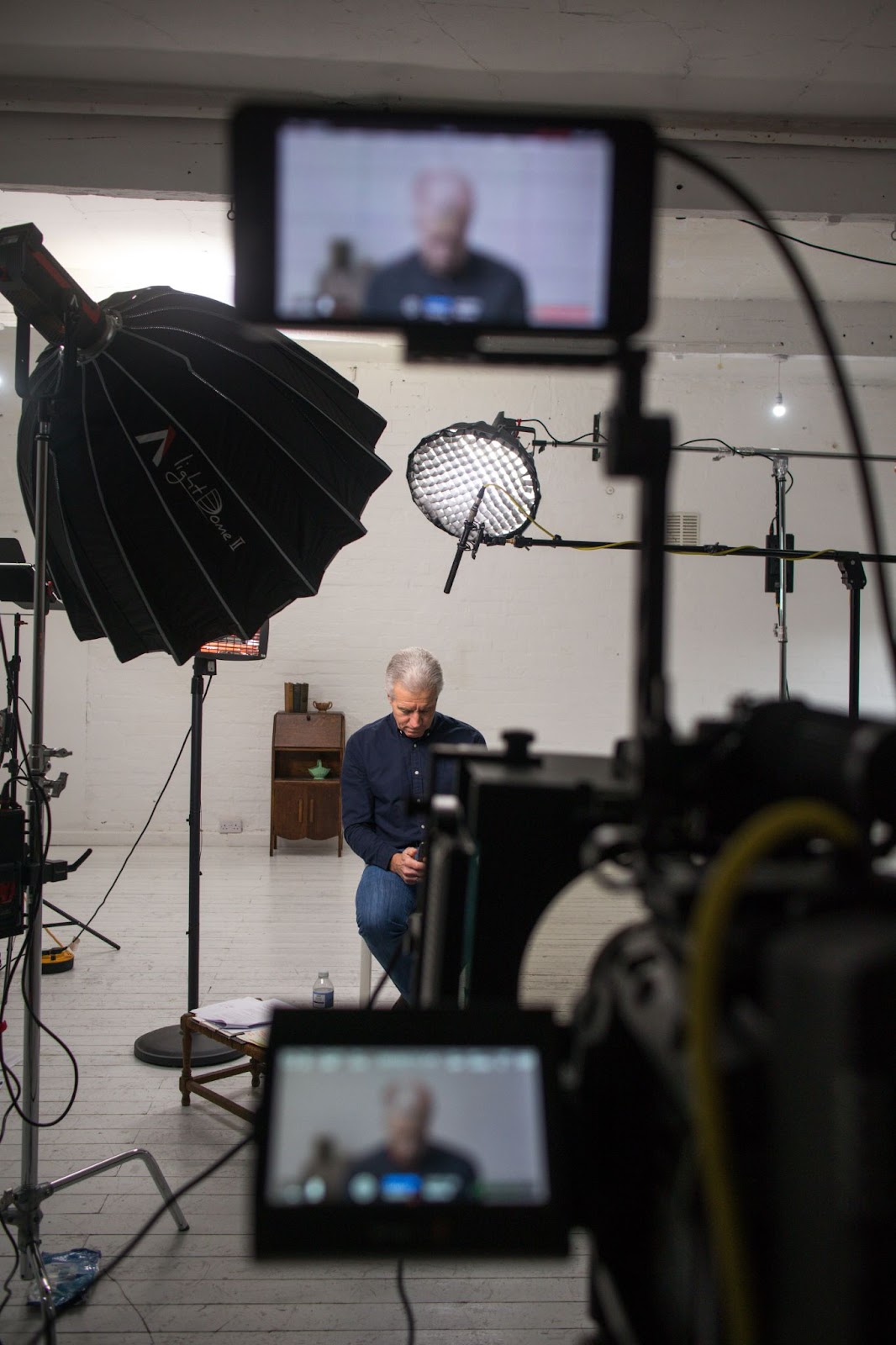Corporate Video Shoot Planning Guide: From Idea to Delivery
In today’s visual-first world, a corporate video isn’t just about selling it’s about storytelling. It grabs attention, sets the tone, and pushes people to act. But getting from scrappy idea to slick final cut? That bit can feel overwhelming. The trick? Planning. Lots of it. Long before you press record.
This step-by-step guide walks you through the corporate video production process from idea to execution without the faff. If you’re in charge of telling your brand story, these practical tips will keep you calm, collected, and creatively in control.

Understanding the Basics of Corporate Video Production
Every good video starts with a rock-solid plan. Corporate video production follows a clear three-act structure: pre-production, production, post-production. And if you want to get it right, don’t skimp on pre-production. It’s where all the magic (and most of the headaches) are sorted out.
Before you scout for gear or talent, start by identifying the goal. What’s the video meant to do? Awareness? Recruitment? Conversion? That single decision shapes everything else.
Prepping early reduces wasted time, tightens up budgets, and makes repeat success easier. Documented workflows help teams stay aligned whether you’re making one film or fifty.
Define the Purpose and Objectives
First things first: what’s the point of this video?
Are you attracting new clients? Training staff? Recruiting talent? Each objective calls for a different style, structure, and distribution strategy.
Ask yourself:
- Who’s watching? Clients, employees, investors? That shapes the tone, pacing, and visuals.
- What’s the one message they should remember? The zinger. The "aha." Keep it clear.
- What do you want them to do next? Click, call, share, subscribe? Your CTA must be unmistakable.
Get this step nailed, and everything else script, style, strategy becomes a whole lot easier.

Set a Budget and Timeline
Once the goals are locked, it’s time to talk cash and calendar.
Your budget influences crew size, equipment quality, talent, and locations. Don’t forget to factor in:
- Location permits
- Actor or presenter fees
- Music licensing
- Contingency cash (things happen!)
Now, map your timeline backwards from the go-live date. Leave room for:
- Pre-production: scripting, storyboarding, casting, and scouting.
- Production: the shoot itself.
- Post-production: editing, sound, colour, feedback rounds.
Pro tip: everything takes longer than you think. Build in buffer time.
Develop a Concept and Script
This is where the creativity kicks in. Once you’ve got your goal and audience in mind, cook up a concept that connects.
The script is your blueprint. It guides voiceovers, visuals, and dialogue. Keep it sharp. Keep it simple. Think story not just scenes.
Add a storyboard to visualise key moments. That way, your whole crew from director to editor can see the same end goal.
During this phase, don’t forget:
- Casting: Employees add authenticity. Actors bring polish.
- Location Scouting: Find places that match your brand vibe and are practical to film in.
- Shot List: A checklist of every angle and scene you need. It’s your shoot-day bible.

Production Day: Lights, Camera, Calm
If you’ve planned properly, shoot day should run like clockwork.
Tips for nailing it:
- Arrive early: Set up gear, check lighting, do a walk-through.
- Communicate clearly: The director should keep cast and crew on the same page.
- Stay flexible: Unexpected ideas can turn into golden footage.
- Capture B-roll: Extra visuals cutaways, scenery, close-ups make for smoother edits and richer storytelling.
Smooth shoots come from smart prep. When everyone knows the plan, the day feels less like chaos and more like creation.
Post-Production Planning
The cameras may have stopped rolling, but the work isn’t over.
Post-production is where your footage transforms into a finished piece.
Key steps:
- Editing: Stitching scenes into a narrative. Adding titles and graphics.
- Sound Design: Balancing audio, mixing in music, adding effects.
- Colour Grading: Creating a cohesive, polished visual style.
- Review + Feedback: Share drafts with stakeholders. Give clear, constructive notes.
Keep lines of communication open with your editor. The sharper your feedback, the quicker you’ll hit the finish line.

Final Thoughts
Planning a corporate video shoot isn’t just about checklists it’s about intention. Know your message, respect your audience, and treat your pre-production like gospel.
Whether it’s your first shoot or your fiftieth, preparation is where the magic really begins. Great videos don’t start on set they start on paper.
Need a hand bringing your brand’s story to life? Simply Thrilled is here to help. We mix creative spark with corporate smarts to make videos that don’t just tick boxes they spark action.
FAQs
Q1. What’s essential for planning a corporate video production?
A1. Clear goals, a defined audience, a script, budget, timeline, shoot location, equipment, talent, and a post-production plan. A simple video planning template keeps everything in check.
Q2. How long does a corporate video take to make?
A2. Simple shoots might wrap in two weeks. More complex ones? Up to two months. It all depends on scripting, storyboarding, logistics, and the level of polish you’re after.
Q3. Tips for better corporate videos?
A3. Keep the message clear, the visuals strong, and the pacing tight. Align every frame with your brand. And don’t skip the post-production finesse it’s where good turns into great.

.jpg)
.jpg)
.jpg)
.jpg)



